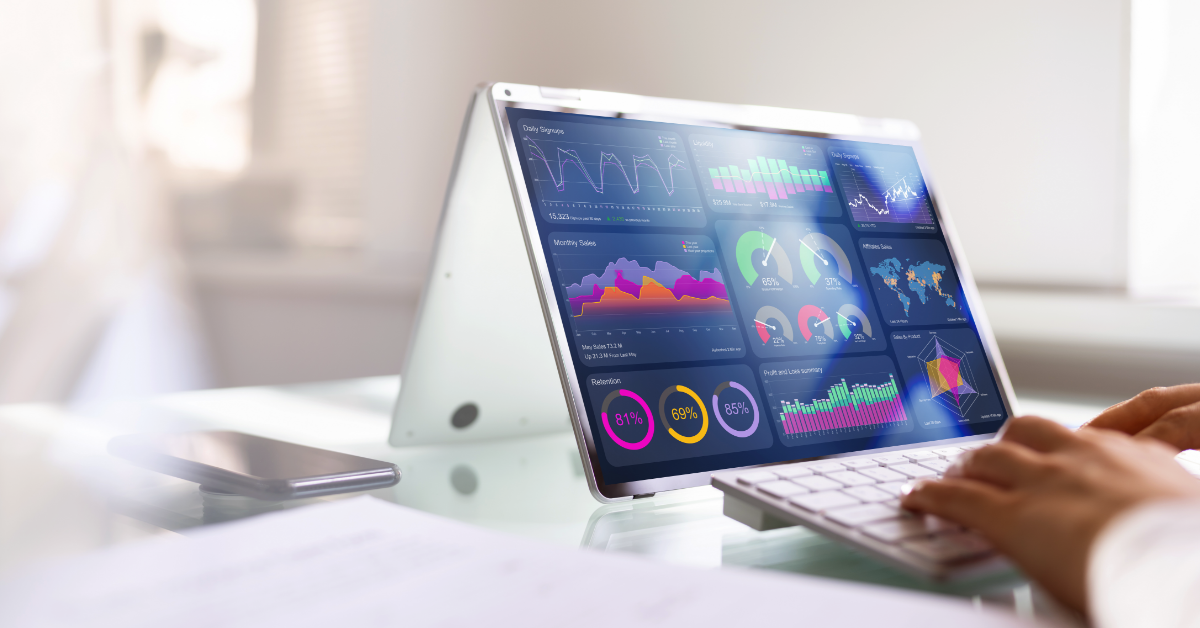To make informed decisions and improve business outcomes in a world that generates an overwhelming amount of data, organizations need methods and tools to analyze this data to help deliver actionable insights. In other words, you need to use data to make strategic and effective business decisions. Business intelligence (BI) is an extension and formalization of that behavior.
The terms business intelligence and data analytics are often used interchangeably. And while they share some similarities, the two are vastly different in terms of scope, functionality, and utility.
Scope of Work
A clear distinction can be made between BI and data analytics. In general, BI is the use of software to access and analyze data and present detailed, easy-to-understand results about the current state of your business in reports, charts, graphs and so on.
Data analytics, on the other hand, refers to the process of analyzing raw data and transforming it into a format from which conclusions can be drawn.
BI involves extracting operational insights for a business by identifying the “what” (i.e., delivering straightforward reports about the business operations). Data analytics has a wider scope and is used not just in a business context. It involves finding the correlation between multiple variables to determine the “why” behind certain results. In fact, data analytics (and associated software) can be a key component OF business intelligence (and associated software).
For example, business intelligence can show that the organization lost X% of customers within a certain period of time. On the other hand, data analytics can look for the reason behind why those customers left.

Operational vs. Innovative Functionality
Business intelligence and data analytics are functionally different as well. Due to the type of information it provides, BI is mainly used to support the operational aspects of a business. It can enrich decision-making so you can manage and grow your business more efficiently.
Functionally speaking, data analytics involves scrubbing and transforming data to uncover insights and trends that allow organizations to innovate and, ultimately, succeed.
For example, BI may reveal that an organization needs to focus more resources on lead nurturing. Meanwhile, data analytics can dive deep into which leads should be prioritized based on their past behavior and intent data.
Descriptive vs. Prescriptive Analytics
While both business intelligence and data analytics involve some type of analytics, BI is more about descriptive analytics. It involves turning the B2B data into something that businesses can visualize and interpret, providing intelligence into what has happened and how the organization has performed.
On the other hand, data analytics is more concerned with prescriptive analytics and providing suggestions on the actions that an organization should take. In that way, it is also more predictive in nature, although BI also has some elements of predictive insights. Data analytics is used to uncover trends and patterns that could occur in the future and provide businesses with a way to shape their strategies to prepare for those future events.
For example, a BI tool may conclude that an organization made X-number of sales during a particular quarter and that there is a Y% increase year-over-year. However, data analytics may be able to tell that the organization should prepare for Z% of growth in sales during the next quarter and therefore plan their procurement and fulfillment strategies accordingly.
Type of Data
Although both business intelligence and data analytics help to extract meaningful insights from data, there are variations in the types of data used. BI relies heavily on structured data that is more tabular and specifically curated for analysis. It leverages sources such as Excel spreadsheets, network and web server logs, and SQL databases.
Data analytics goes beyond tabular data and can leverage even instant messages and audio or video files for analysis. As a result, unstructured data sources like social media, communication channels, websites, and customer-generated content are commonly used to perform data analytics.

BI vs. Data Analytics: Which Is More Useful?
With business intelligence and data analytics having different scopes and applications, organizations may want to figure out which one can better address their data management needs. However, the question should not be which is more useful but rather how can they be used together for more practical business outcomes?
Organizations need data intelligence combining both data analytics and business intelligence to uncover opportunities for success. This would involve using big data and artificial intelligence together to extract valuable insights about how they have performed in the past, how consumers are currently behaving, and how this should shape their future strategies.
For example, an organization may use business intelligence to find that sales leads for a certain product have spiked significantly over the past couple of months. This would inform them of the need to allocate more sales representatives to promptly follow up with those leads to increase conversions.
Meanwhile, data analytics will look at the traffic on their website and analyze visitor demographics to identify where those new sales leads are coming from. As such, the organization might find that a majority of those sales leads came from a review site that spoke positively about their product. This might tell them that they need to incorporate more third-party publications and review sites in their marketing strategy.
Data Intelligence for Enhanced Lead Generation
With the right technology solutions, data intelligence can help organizations to optimize various aspects of their sales and marketing strategies. The B2B data solutions from DemandScience allow businesses to incorporate predictive analytics into intent-based lead generation for optimized targeting.
This involves leveraging multi-source intent data such as social media behavioral signals, survey responses, and site visit history to make highly accurate predictions about purchase intent. As a result, organizations can identify high-quality in-market leads that they need to prioritize in their lead generation and follow-up efforts.
Contact us to learn more about our data intelligence solutions.











